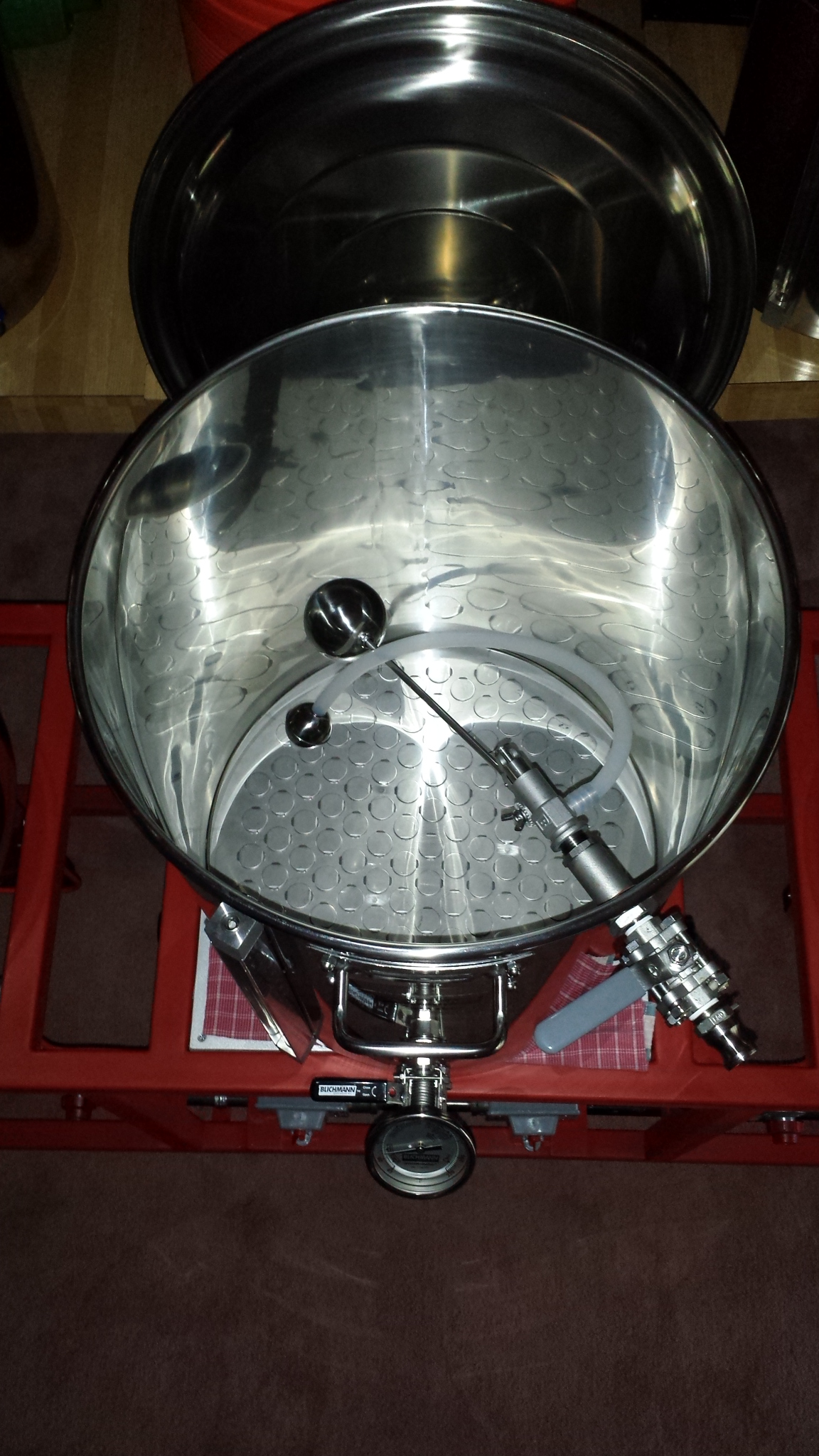I'm a bit overwhelmed from trying to read the specs on all these different boil kettles from amazon, to Spike, Anvil, etc. Hard to know what's a respected brand or not.
So - what are the major/respected brands out there for a 15 gallon boil kettle (BIAB), with a ball valve, side pickup dip tube, thermometer, and whirlpool port at the top. Of course I can drill all of these ports myself, I'm perfectly capable so if that saves me some cash I'll go that route...of course I'll probably have to buy a $40 stepped bit.
What brand do you recommend?
So - what are the major/respected brands out there for a 15 gallon boil kettle (BIAB), with a ball valve, side pickup dip tube, thermometer, and whirlpool port at the top. Of course I can drill all of these ports myself, I'm perfectly capable so if that saves me some cash I'll go that route...of course I'll probably have to buy a $40 stepped bit.
What brand do you recommend?


























































![Craft A Brew - Safale S-04 Dry Yeast - Fermentis - English Ale Dry Yeast - For English and American Ales and Hard Apple Ciders - Ingredients for Home Brewing - Beer Making Supplies - [1 Pack]](https://m.media-amazon.com/images/I/41fVGNh6JfL._SL500_.jpg)

